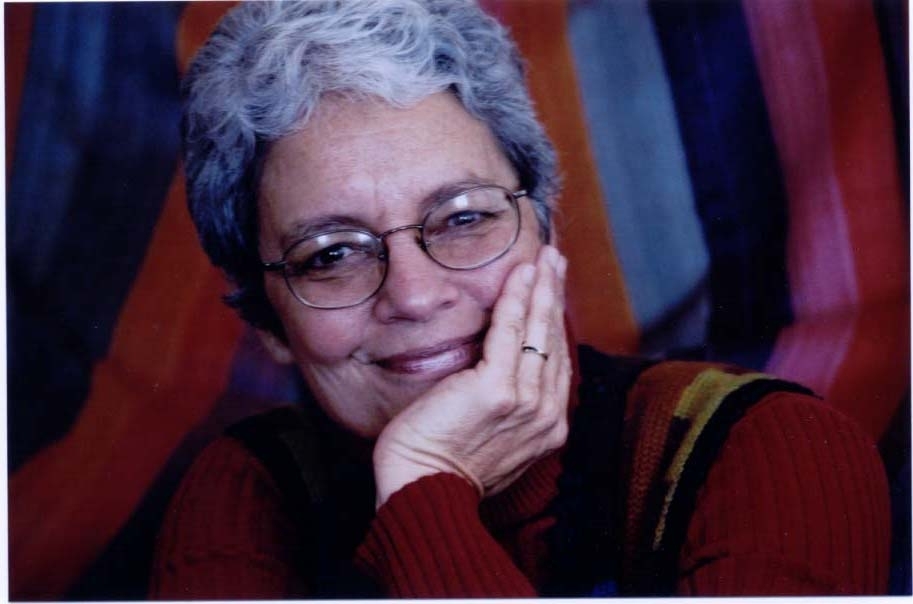Interview with women's right activist Paola Gianturco

- © All rights reserved
- Paola Gianturco
Paola Gianturco (U.S.A.) is a philanthropist dedicated to the promotion of women’s rights, women’s empowerment and gender equality. On the 10th of March, she will take part in UNESCO’s high level International Round Table Gender Equality: Make it Your Business held to mark International Women’s Day (Saturday, 8 March).
Private commitment is increasingly important in view of declining public funding for women’s issues worldwide, as observed in a United Nations report*, which highlights that an estimated 25 to 28 billion dollars will be needed to meet the third Millennium Development Goal: “promote gender equality and empower women,” by 2015.
Ms Gianturco became a photographer in 1995, after 35 years in advertising, notably as Senior Vice President of the first advertising agency in the United States to be owned by women. Ms Gianturco has also served on the Board of Directors of The Association for Women’s Rights in Development (1999-2000) and chaired the Board of the Crafts Center in Washington DC, which works with low-income artisans in 79 countries (2000-2001).
UNESCO’s Bureau of Public Information asked Ms Gianturco what made her become committed to the cause of women:
Before changing my career to photojournalism, I worked for 35 years in business. As a matter of happenstance, half those years were spent working with women—and the other half, working with men. That experience illuminated gender differences and issues and inspired me to research factors that create the glass ceiling in large corporations and, later, to co-develop and teach executive courses about Women and Leadership at Stanford University.
The United Nations Fourth World Conference on Women in Beijing in 1995 inspired me to create photographic books that documented women's lives, strengths and difficulties around the world. A woman in Rwanda urged me on: "Show people that we are capable of helping ourselves. Show people that we are worthy of respect. Show them how to march with us." In the past dozen years, I have photographed and interviewed women in more than 40 countries.
Four of my photographic books have now been published. Each is a collaboration between me and the women whose stories are featured. Each is a philanthropic project: I donate 100% of my author royalties to a carefully-selected organization that is working effectively on the issues that are the focus of the book. Women Who Light the Dark, my most recent book, benefits the Global Fund for Women.
My dream for these projects is that they will help people understand each other more completely and inspire readers to tackle the intractable problems that beleaguer women and their families everywhere: domestic violence, rape, sex trafficking, poverty, malnutrition, illiteracy, disease...the list is long. I believe that it will take all of us working together to eradicate these pernicious problems and create hope and opportunities for women everywhere.
What do you think are the most urgent priorities to reduce discrimination against women?
Communicating examples of women’s competence and power is one priority—the priority my work serves. But the causes of discrimination are complex and many and they require diverse strategies. There is no country in the world where women are earning the same amount as men. Women are demeaned and discriminated against in the name of traditional values; fundamentalist beliefs; ill-examined, historically-held assumptions; men’s unwillingness to relinquish management positions and revenue; women’s lack of confidence and empowerment—and more.
What are the toughest obstacles to achieving gender equality?
In my observation, the most universal obstacles are poverty, lack of education and domestic violence. These issues are linked, of course, and affect women and children profoundly.
In your observation, is the condition of women overall improving or are there parts of the world where it is actually getting worse?
In some ways, conditions are improving: for example, over the past dozen years more women are assuming political and business responsibilities; in the developing world, more girls are enrolled in school.
In other ways, women’s condition has deteriorated: for example, in places where conservative beliefs restrict women’s behavior and opportunities; where wars have broken out; where women have been increasingly infected with HIV-AIDS.
*Report of the Expert Group Meeting on Financing for gender equality and the empowerment of women, organized by the United Nations Division for the Advancement of Women.
- 08-03-2008

